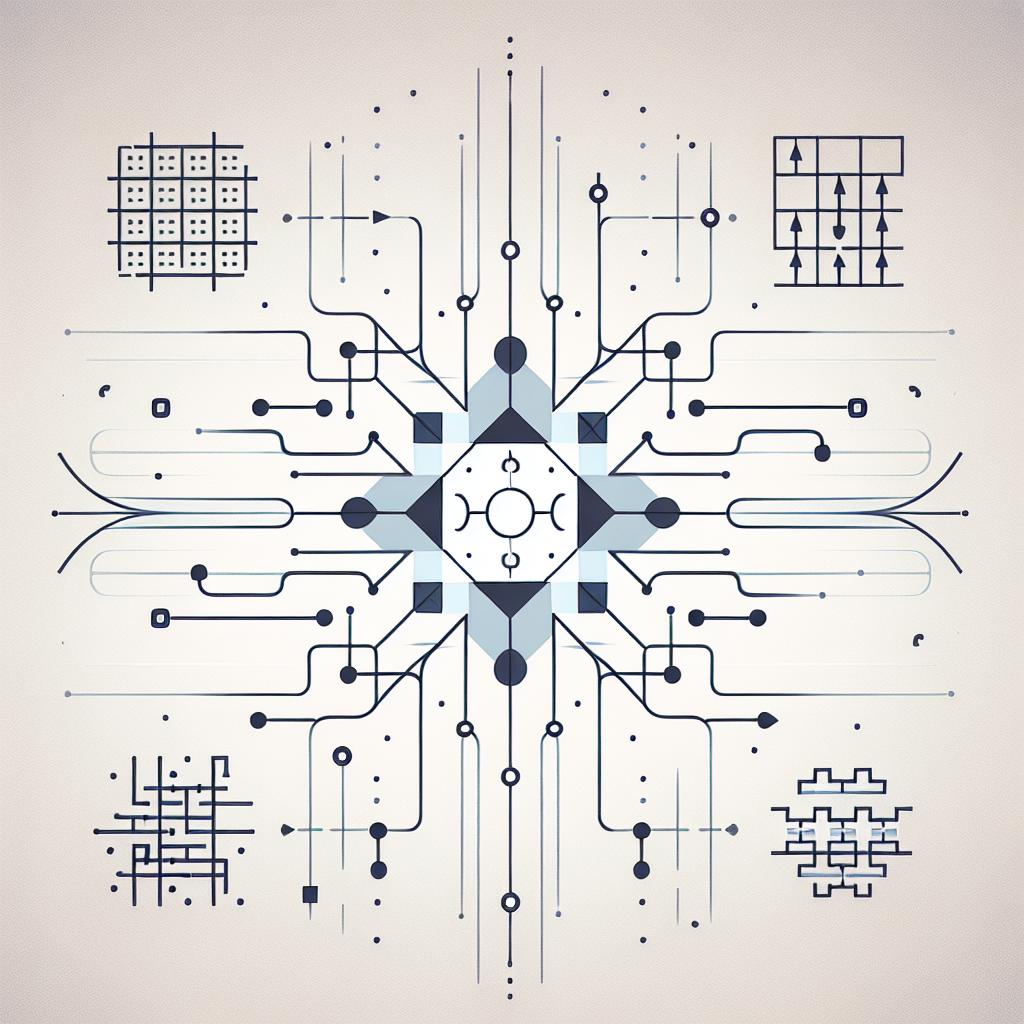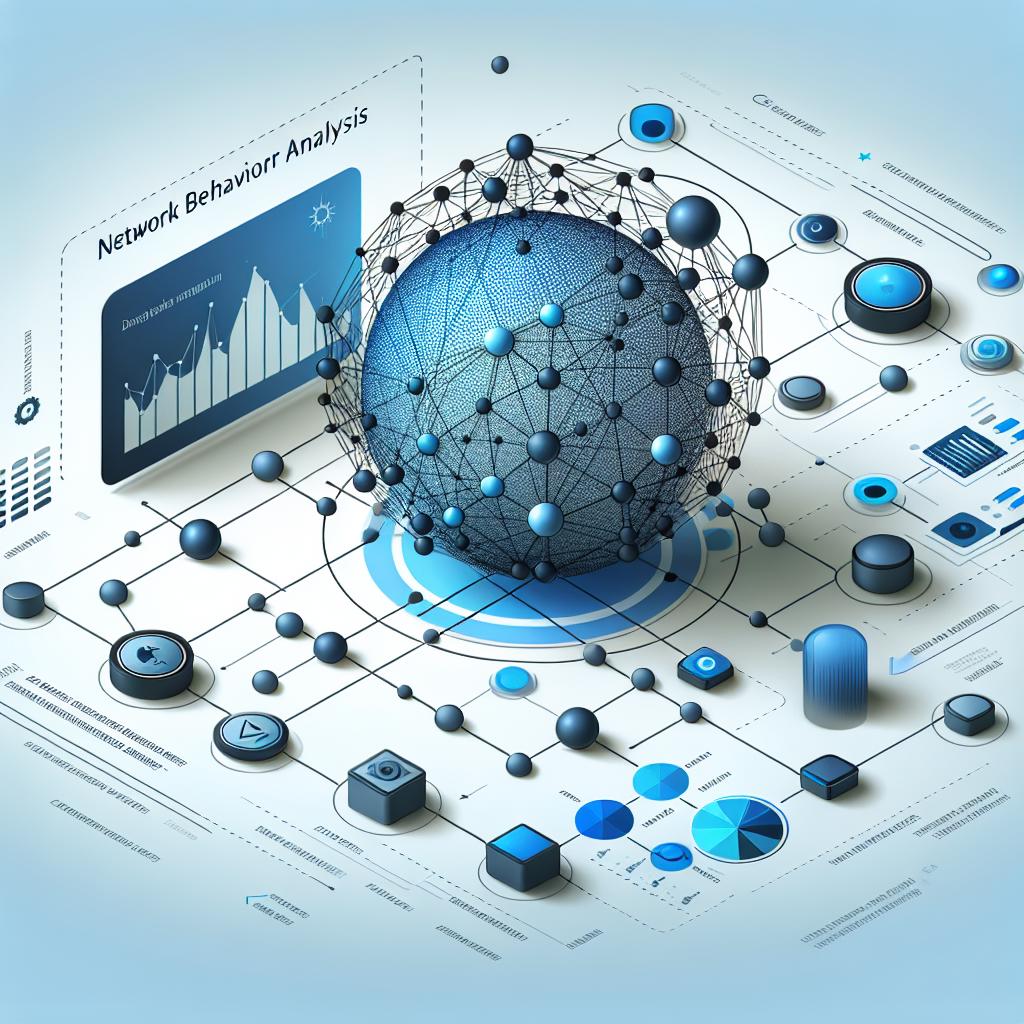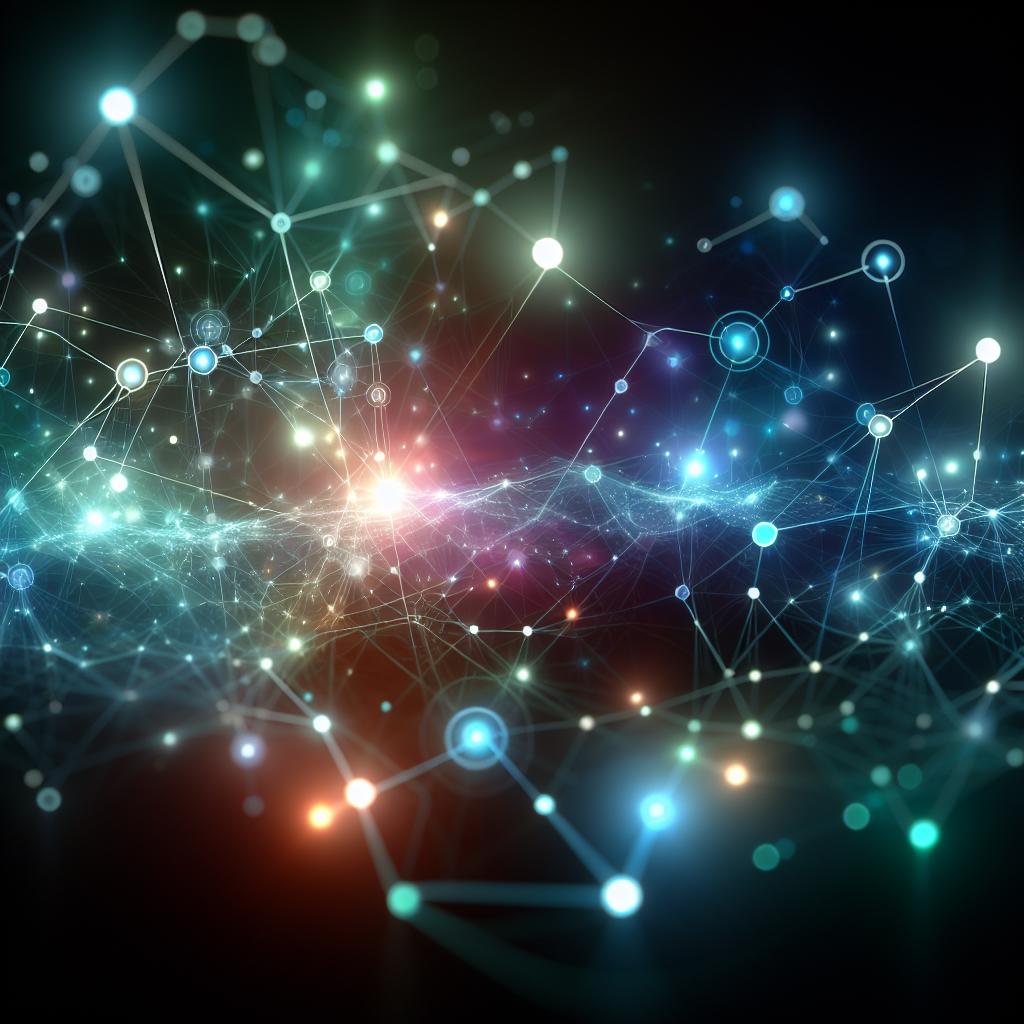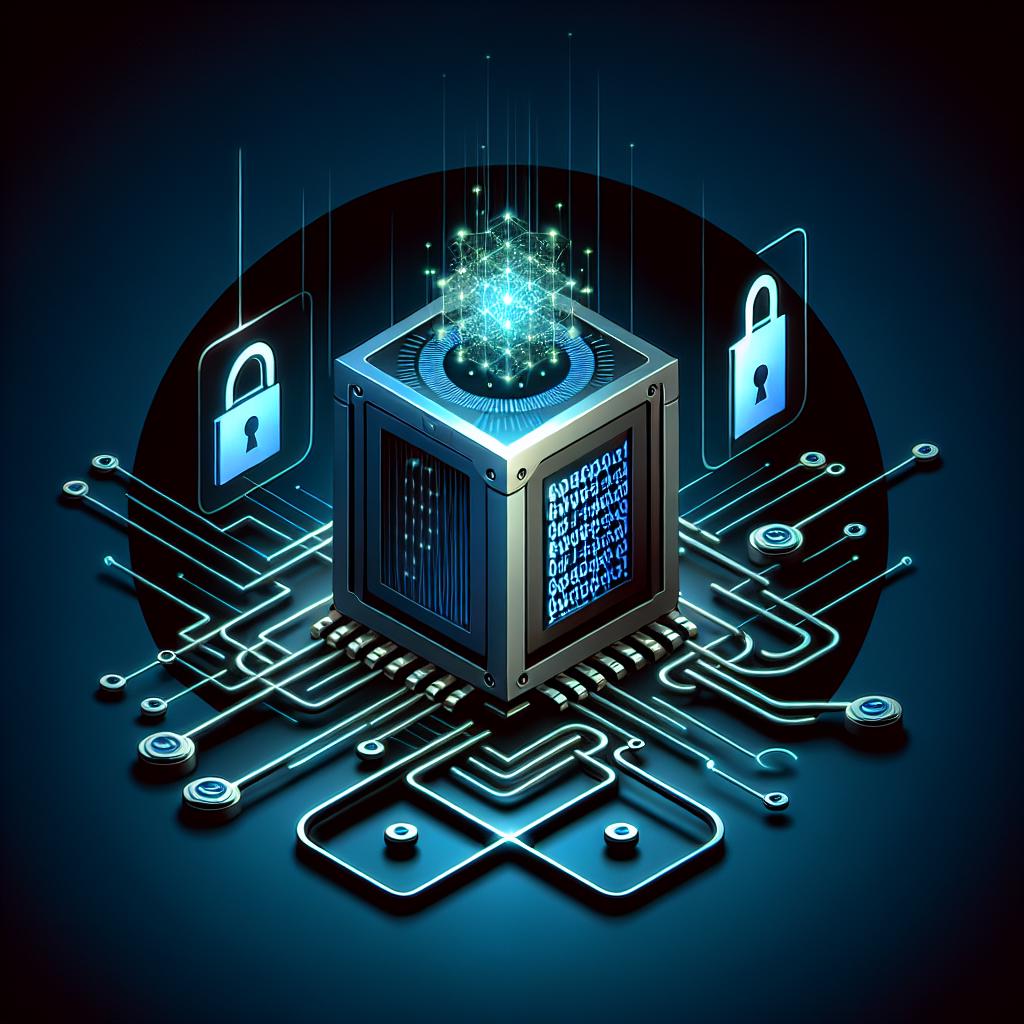Quantum computing holds the promise of revolutionizing technology by solving complex problems that are currently intractable for classical computers. However, one of the significant challenges in realizing practical quantum computers is the issue of quantum error correction. Unlike classical bits, which can be easily copied and corrected, quantum bits (qubits) are subject to unique types of errors due to their delicate nature and the principles of quantum mechanics. This blog post delves into the fundamentals of quantum error correction, its importance, and the various techniques being developed to ensure stable and reliable quantum computing.
Understanding Quantum Errors
Quantum errors can be broadly categorized into two types: bit-flip errors and phase-flip errors.
-
Bit-flip errors occur when a qubit, which can exist in a state of 0, 1, or a superposition of both, flips from one state to another. For instance, a qubit in the state |0⟩ might accidentally be measured as |1⟩.
-
Phase-flip errors involve a change in the relative phase of the qubit's state. This type of error can disrupt the delicate superposition that qubits rely on for quantum computation.
These errors can arise from various sources, including environmental noise, imperfect control of qubits, and interactions with other qubits. Because qubits are highly sensitive to their surroundings, maintaining their coherence over time is a significant hurdle in quantum computing.
The Need for Quantum Error Correction
Quantum error correction is essential for several reasons:
-
Coherence Time: Qubits have a limited coherence time, which is the duration they can maintain their quantum state. Error correction techniques help extend this time, allowing for more complex computations.
-
Scalability: As quantum computers scale up to include more qubits, the likelihood of errors increases. Effective error correction is crucial for building larger, more powerful quantum systems.
-
Fault Tolerance: Quantum error correction enables fault-tolerant quantum computing, meaning that even if some qubits fail or produce errors, the overall computation can still proceed correctly.
Quantum Error Correction Codes
Several quantum error correction codes have been developed to address the challenges posed by quantum errors. Here are some of the most notable ones:
-
Shor's Code: Proposed by Peter Shor in 1995, this code encodes a single logical qubit into nine physical qubits. It can correct for arbitrary single-qubit errors, both bit-flip and phase-flip. Shor's code is significant because it was one of the first to demonstrate that quantum information could be protected against errors.
-
Steane Code: This code is a seven-qubit code that can correct for one error in any of the qubits. It is based on classical error correction codes and is particularly efficient for certain types of errors.
-
Surface Codes: These are a class of topological codes that are particularly promising for practical quantum computing. Surface codes use a two-dimensional lattice of qubits and can correct multiple errors while requiring a relatively low overhead in terms of the number of physical qubits needed to represent a logical qubit. They are highly scalable and have been a focus of research in recent years.
-
Cat Codes: These codes use superpositions of coherent states (often referred to as "cat states") to encode information. They are particularly useful for protecting against phase-flip errors and have shown promise in continuous-variable quantum computing.
Implementing Quantum Error Correction
Implementing quantum error correction in practice involves several steps:
-
Encoding: The first step is to encode the logical qubit into multiple physical qubits using one of the error correction codes.
-
Syndrome Measurement: To detect errors, a process called syndrome measurement is performed. This involves measuring certain properties of the qubits without collapsing their quantum states, allowing for the identification of errors.
-
Correction: Once errors are detected, corrective operations are applied to restore the logical qubit to its intended state.
Challenges and Future Directions
Despite the advancements in quantum error correction, several challenges remain:
-
Overhead: Quantum error correction requires a significant number of physical qubits to represent a single logical qubit, leading to increased complexity and resource requirements.
-
Error Rates: The effectiveness of error correction depends on the error rates of the physical qubits. As technology improves, reducing these error rates will be crucial for the success of quantum error correction.
-
Integration: Integrating error correction into quantum algorithms and ensuring that it does not significantly slow down computations is an ongoing area of research.
Conclusion
Quantum error correction is a vital component in the quest for stable and reliable quantum computers. By developing robust error correction codes and techniques, researchers are paving the way for the realization of practical quantum computing. As the field continues to evolve, overcoming the challenges associated with quantum errors will be essential for unlocking the full potential of quantum technology, ultimately leading to breakthroughs in various domains, including cryptography, optimization, and materials science. The future of quantum computing is bright, and quantum error correction is at the forefront of this exciting journey.



